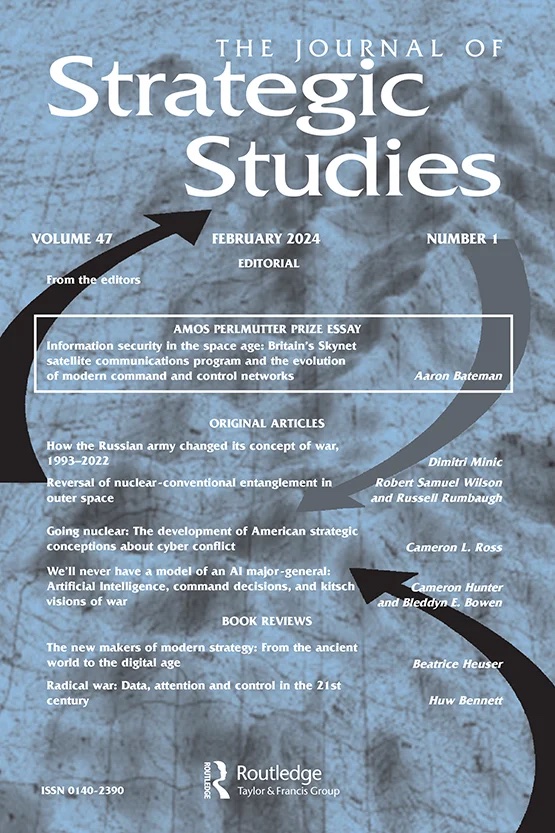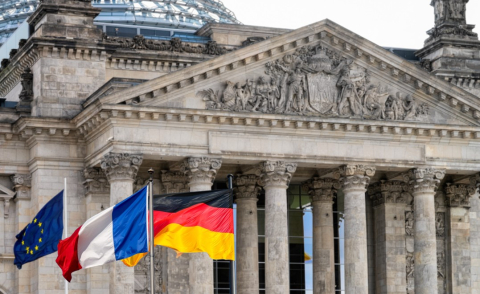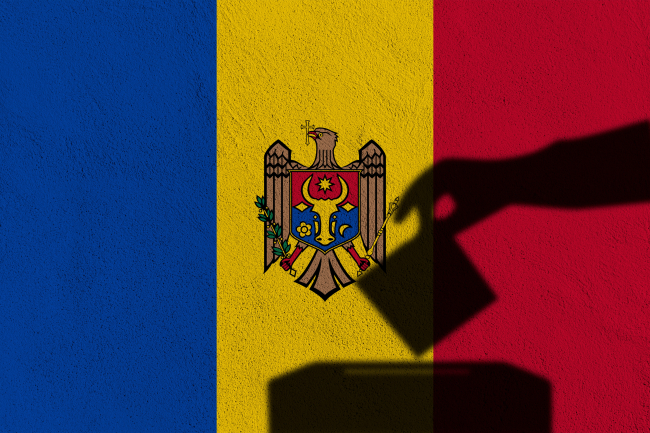Putin’s Friends? The Complex Balance Inside Italy’s Far-Right Government Coalition

Italy’s new far-right government has been widely perceived as the potential weak spot of the anti-Kremlin European front following Russia’s invasion of Ukraine: traditionally pro-Putin politicians such as Matteo Salvini and Silvio Berlusconi are back in power. Yet, after Mario Draghi’s hawkish Euro-Atlantic government fell in July and Giorgia Meloni was looking forward to a probable victory, she immediately sided with the European Union and the North Atlantic Treaty Organization in a firm condemnation of Russia.

Key takeways:
- Italy’s good relations with Putin’s Russia have not been the prerogative of a specific party. Political, economic and energy ties developed significantly with center-left and center-right governments alike.
- In line with most far-right parties in the EU, Salvini’s Northern League and Meloni’s Brothers of Italy developed an appreciation for Putin’s neo-conservative regime while criticizing the EU and NATO for damaging Italy’s entente with Moscow.
- A potential reconciliation with Moscow goes against Italy’s national interest at this point. Russia accounts for only 1.5% of Italy’s exports against its Western partners’80%. Besides, the EU’s interconnected gas market requires a coordinated plan to overcome the energy crisis. Finally, the reconquest of Kherson by Ukraine in November makes support for the Kremlin political suicide.
- Meloni’s sudden pro-NATO shift has taken much of her electorate by surprise, while support for Ukraine is low in the country. Coalition allies Salvini and Berlusconi are ready to take advantage of this gap to weaken Meloni’s leadership. This is typical of Italy’s fragile parliamentary democracy. To avoid further disappointing her electorate, Meloni is rapidly satisfying other demands of theirs, on issues such as migration, family values and tax policies.

Available in:
Regions and themes
ISBN / ISSN
Share
Download the full analysis
This page contains only a summary of our work. If you would like to have access to all the information from our research on the subject, you can download the full version in PDF format.
Putin’s Friends? The Complex Balance Inside Italy’s Far-Right Government Coalition
Related centers and programs
Discover our other research centers and programsFind out more
Discover all our analyses
How the Russian Army Changed its Concept of War, 1993-2022
The traditional and high-intensity war that has occurred in Ukraine since Russia decided to invade raises a key issue: did post-soviet Russian strategic thought really prepare Russia for waging this war?
Russia's Nuclear Deterrence Put to the Test by the War in Ukraine
From the outset of its “special military operation” (SVO) against Ukraine on February 24, 2022, Russia, which possesses one of the world’s largest nuclear arsenals, has adopted aggressive deterrence measures and a resolutely menacing rhetorical stance.
Moldova's Crucial Parliamentary Election. What's at Stake?
On the occasion of Moldova’s National Day, August 27, 2025, Chișinău hosted a high-level European delegation composed of Emmanuel Macron, Friedrich Merz and Donald Tusk, who sought to reaffirm their support for the country’s sovereignty and pro-European course. This unprecedented and highly symbolic visit took place at a pivotal moment. Moldova is preparing for decisive parliamentary elections on September 28, whose stakes extend far beyond the national framework.
War as Social Elevator: The Socioeconomic Impact of Russian Military Keynesianism
In order to finance its war effort, the Russian state has spent substantial sums of money and implemented a form of “military Keynesianism” that is transforming society at both the socioeconomic and cultural levels. This has partially rebalanced the wide disparities in wealth, levels of consumption, and social prestige in Russian society by granting significant financial and symbolic advantages to peripheral Russia, which has long been overlooked by the central government.











